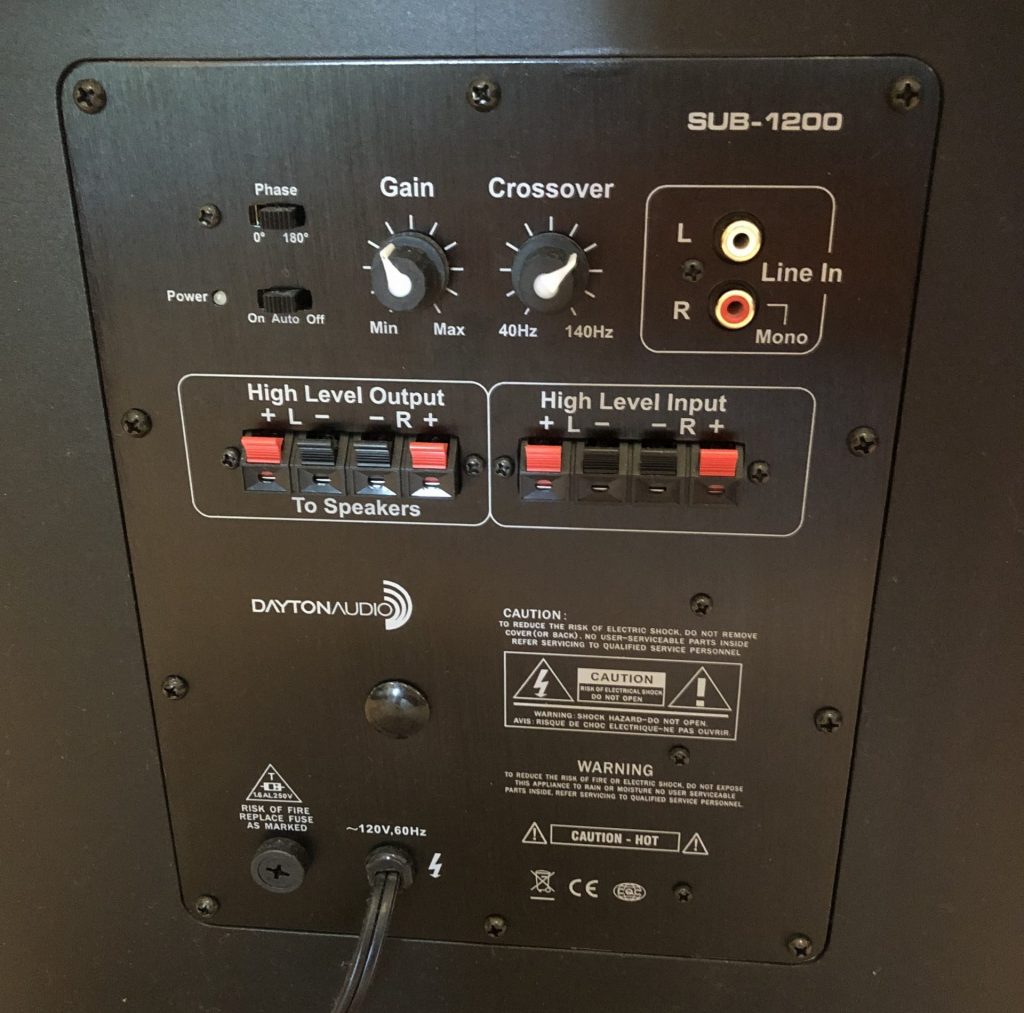To the uninitiated, figuring out what components you need and how to hook them up together to make your audio or home theater system work can be confusing and intimidating. Adding a subwoofer is often the first major upgrade a person will make to graduate beyond a simple pair of speakers so it’s not surprising that subwoofer related questions are some of the most commonly asked in the audio world.
Subwoofers are significantly bigger than regular speakers and thus need more power for the components to be moved, so it became fairly standard for home subwoofers to come with their own dedicated amplifier built in, meaning they’re called powered or active speakers (as opposed to car subwoofers which are still mostly passive). This takes some of the workload off of the receiver, and one reason this is a good thing is that budget receivers have become increasingly skimpy on specs.
Pretty much every popular/modern home subwoofer that you could get is powered. Passive subwoofers do exist but are generally limited to specialty niches, like outdoor speakers for example since housing electronics in an outdoor unit is generally inadvisable.
So, the average consumer will almost never need a separate amplifier for a subwoofer. Rather, they’ll just need a simple cable to plug it into a receiver.
Here’s the input panel of the Dayton Sub 1200, a very popular and highly recommended home subwoofer:

Most home subwoofers will look something like this. To connect it to a receiver, you simply need a male/male RCA cable (often just called “subwoofer cables” by retailers) that goes from the mono input (the red/right in the case of this Dayton model).

You can use a split Y cable, and there may be benefits and/or drawbacks in doing so, but it’s usually not necessary. Best to just consult the owner’s manual of whatever product you’re using.
